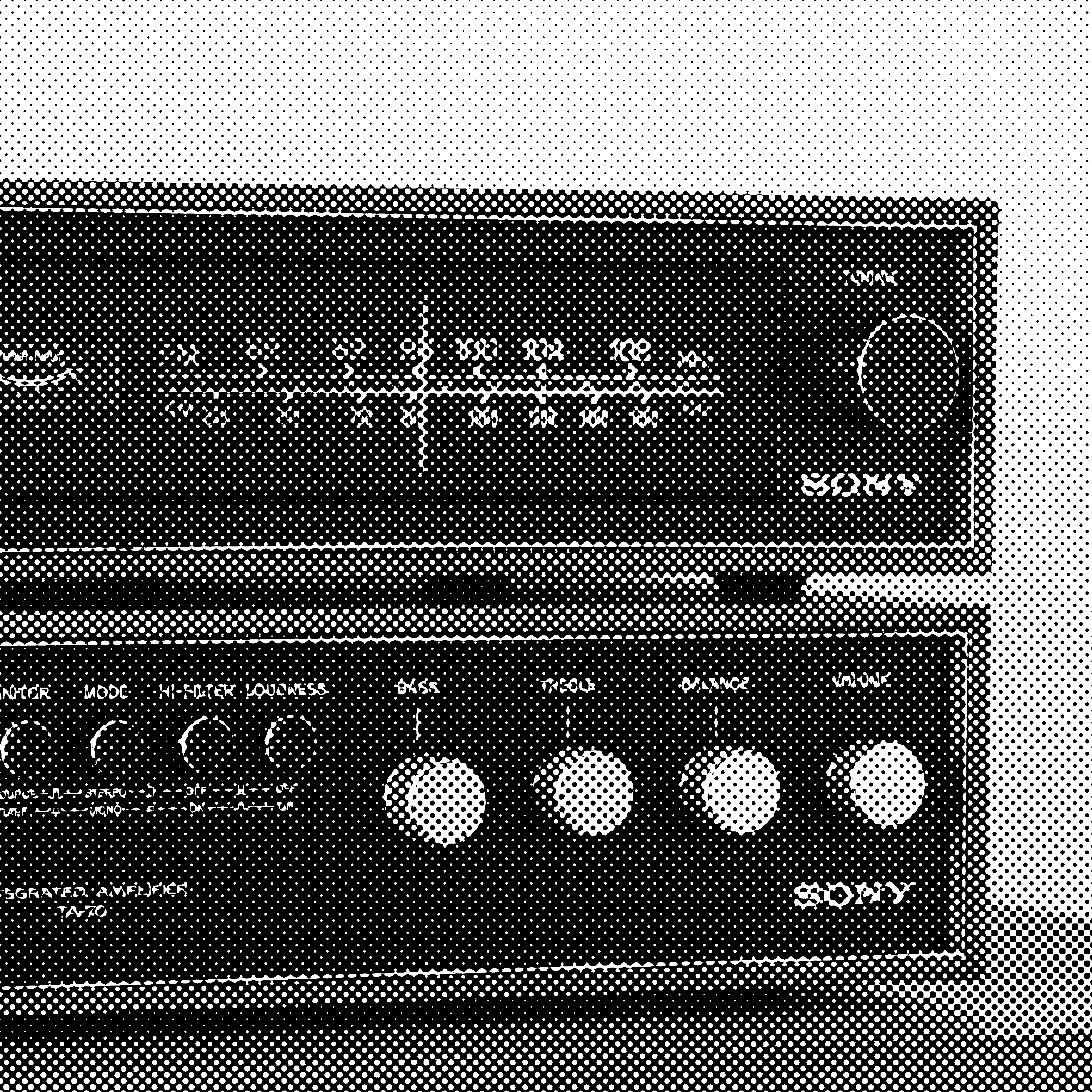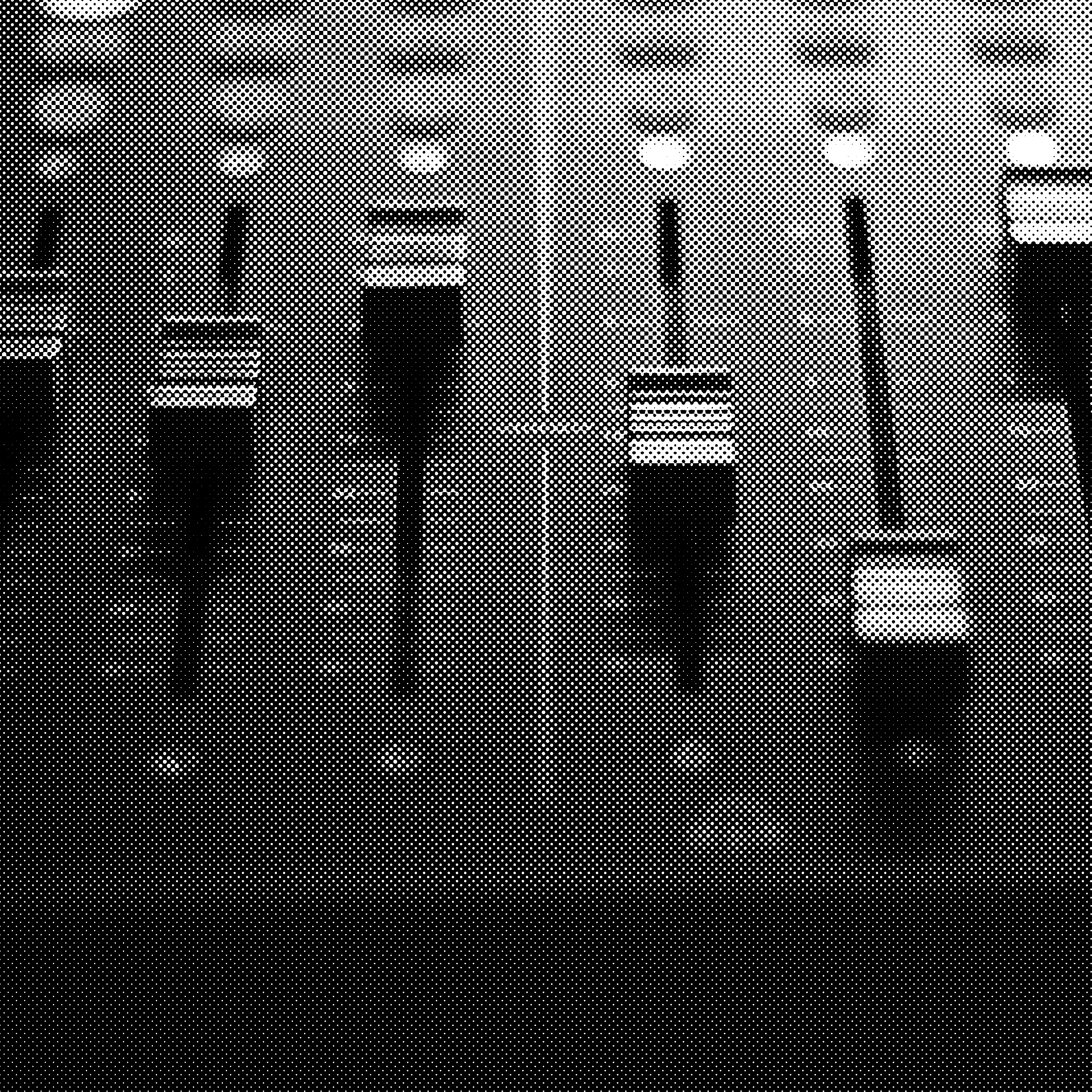The Case For (Sonically) Cosy Listening Spaces
Embrace the cozy. Embrace the lived-in. A room filled with layers, colors, and textures is often a better-sounding room.
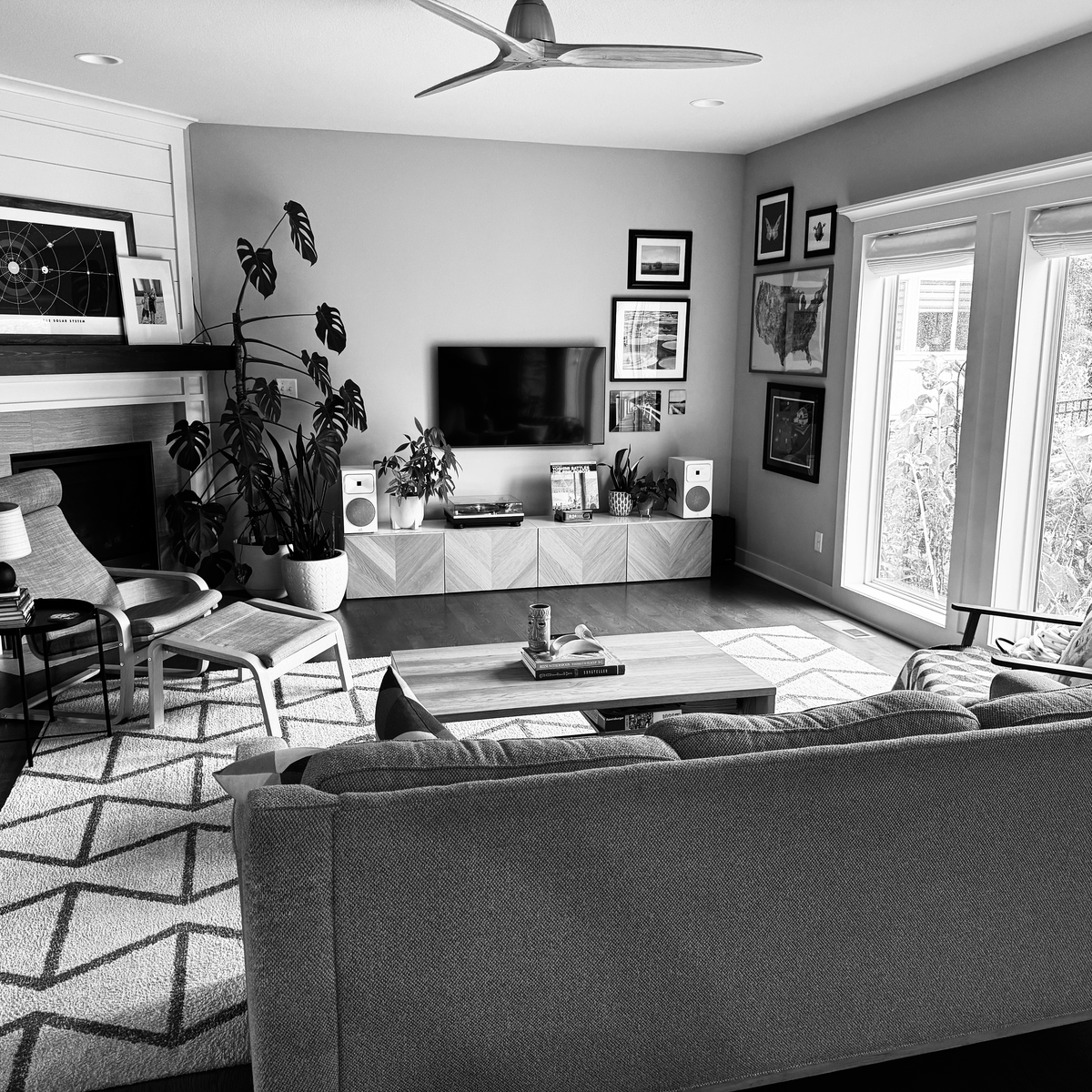
There's a certain kind of listening room that looks great in a photo. You've seen it: clean lines, white walls, a sleek rack of gear between a pair of meticulously positioned speakers. Minimalist. Modern. It has the visual clarity of an Apple store or an IKEA showroom. But here's the truth: it often sounds bad. That's because it is designed to showcase the components silently in a sales photo.
Unless the listening room in your house is a dedicated space, a large rectangle, your speakers are perfectly placed, and your seating position is exact, this sort of minimalist design is a sonic liability. Bare hard surfaces bounce sound around unpredictably. They're acoustic mirrors. Imagine watching a movie, but instead of sitting in a dark theater, you're sitting in a room entirely comprised of mirrors. Nope.
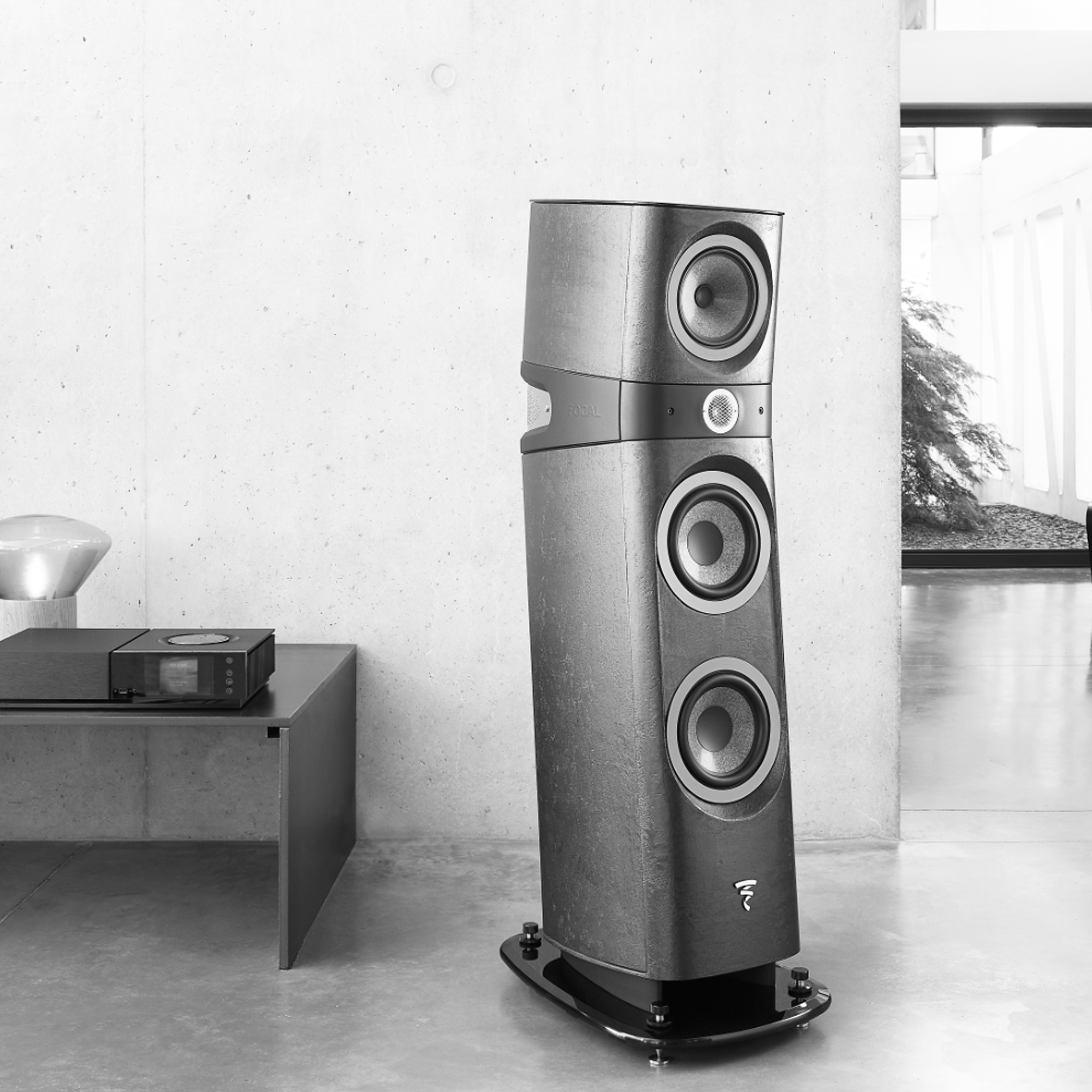
Modern gear can mask some of this with room correction software, such as Anthem's ARC, Audyssey, or Dirac, but these are, at best, expensive band-aids. Just like feeding a crappy recording through expensive gear, it's a garbage-in, garbage-out situation. Don't get me wrong, these software solutions are powerful, but they aren't more powerful than physics.
The Room You Listen To
Acoustically, you listen to your room as much as your speakers. Untreated rooms create standing waves, modal resonances, flutter echo, and uneven frequency response. Technical correction software can equalize some issues, but diffuse reflections and timing are physical phenomena. If reflection paths are clear and strong, DSP can't create natural decay or spatial richness.
When I first began my audiophile journey, I made this mistake. I was mimicking the photographs I saw in images of speakers and audio gear. Those images, by their nature, are minimal. The gear is the focus: clean, distraction-free environments that showcase the product. This is also often the case in social media content. We see our fellow hi-fi enthusiasts posting pictures focused on the gear, and usually mimicking those same sales-focused design sensibilities themselves!
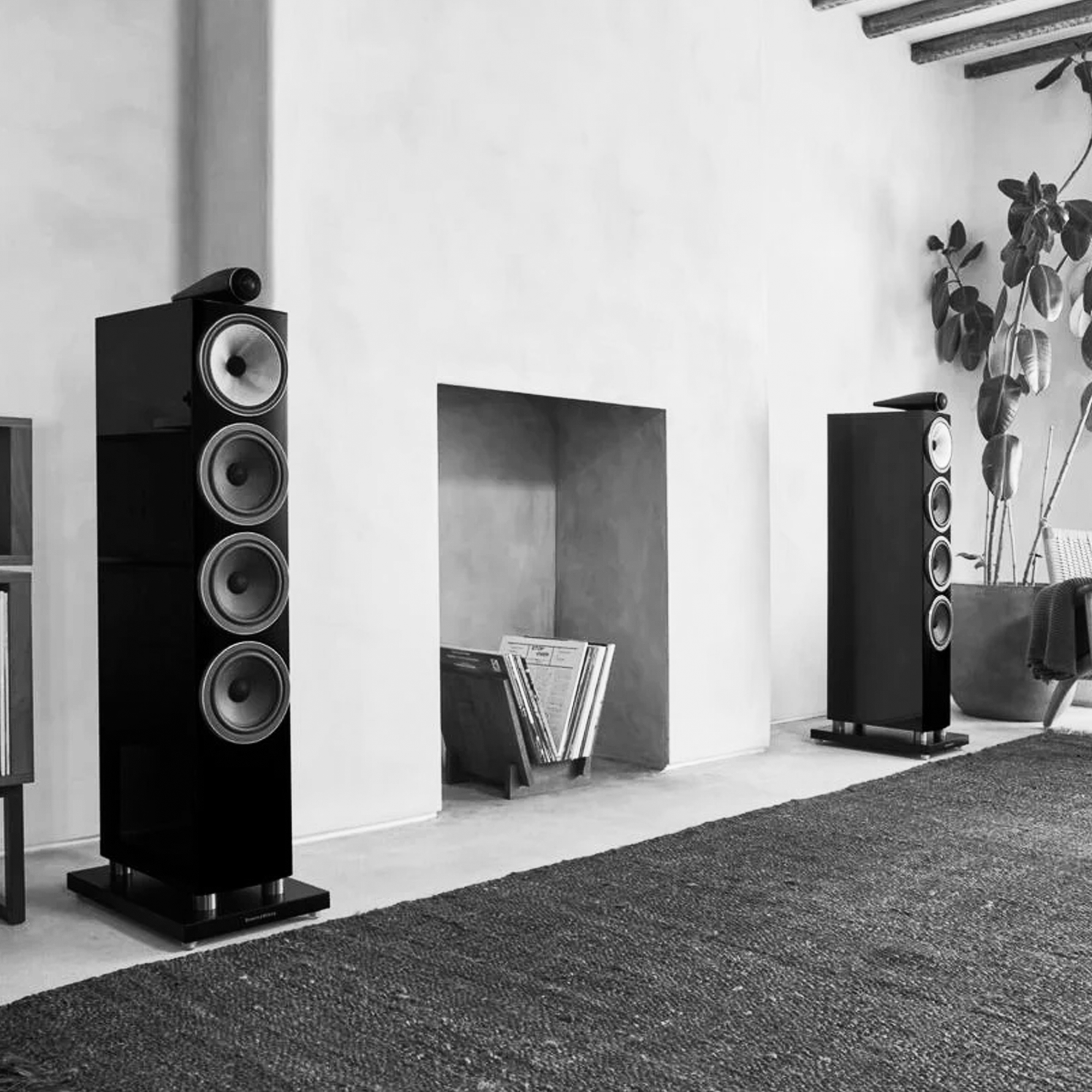
When you're sitting down to listen, all those so-called distractions can help. They offer context. They absorb stray reflections. They diffuse and scatter secondary and tertiary reflected sound waves, providing clarity and precision. They create a sense of place.
I quickly found that spending a little less money and time on the equipment, and more money and time on the room pays off in spades. The equipment still matters, but the room determines how good that equipment can sound. A bad room puts a low ceiling (not the literal ceiling) on how good your sound is. A great room? It lifts the ceiling so even modest gear can sing. And great gear? It'll soar.
The Mind You Listen With
Psychoacoustics reinforces a concept of whole-body listening: the brain integrates context: visual, tactile, and emotional, to form our perception of sound. Complex textures, warm lighting, and inviting furniture all prime positive response, making music sound more engaging. The wine-tasting research in this area shows that even expert tasters alter their perception based on ambiance and background music. The same applies to music in a rich environment.
Embrace the cozy. Embrace the lived-in. A room filled with layers, colors, and textures is often a better-sounding room. For example: A bookcase filled with books, records, or CDs is an excellent sound diffuser. A plush rug with a fat carpet pad under it is an excellent sound absorber. And it's nice on bare feet!
Compatible Styles
Maximalist and eclectic styles naturally offer more surface area to absorb and diffuse sound: bookshelves, art, souvenirs, textiles, plants. These aren't just visual flourishes, they're sonic ones.
Maximalism: Layers for Listening
A maximalist space embraces visual abundance using vibrant colors, mixed patterns, art, books, objects, and textiles.This layer-cake of surfaces inherently absorbs and diffuses sound, taming reflections while preserving liveliness. Instead of acoustic panels and heavy diffusers... everyday objects, rugs, art, and cushions serve dual aesthetic and acoustic roles. The outcome: a lived-in room that treats audio naturally, with diffuse surfaces that break up echoes and smooth room modes.
Bohemian: Natural Textures & Warmth
Bohemian décor combines earthy tones, wicker, tapestries, layered textiles, and plants. Soft wall hangings, rugs, poufs, and textiles absorb mid and high frequencies, while plant leaves scatter reflections subtly. The result is a relaxed, enveloping acoustic environment. It's like turning your room into soothing sound-softening infrastructure without losing character or comfort.
Eclectic: Mixed Eras, Mixed Reflections
Eclectic rooms layer vintage furniture, contemporary art, traditional prints, modern sculpture, and curated chaos with a cohesive palette. This visual medley doubles as acoustic scatter: varied surface depths produce diffusion; fabrics absorb; objects disrupt parallel reflective planes. With careful layout, eclectic styling yields spatial richness in sound as well as look, no acoustic bareness, no showroom sterility.
Modern Victorian: Ornate Acoustics
Victorian architecture with moldings, heavy curtains, velvet upholstery, wood paneling, and layered rugs brings built-in diffusion and absorption. Carved trims and decorative surfaces scatter reflections. Velvet drapes tame reflections. Thick rugs on hardwood cushion impact. Ornate surfaces are great for diffraction. You still get drama and character, with sound that's smooth, warm, and detailed.
Cottagecore: Soft & Homey
Cottagecore layers floral fabrics, vintage furniture, linens, hardwood softened by rugs, pillows, and plants. Even hardwood floors are balanced by multi-layered rugs and textiles, absorbing echoes and smoothing mid-highfrequencies. Natural materials and soft surfaces reduce glare and listening fatigue. The vibe: a cozy listening den that invites you to stay, relax, and listen longer.
Purpose-Built Acoustic Treatments
This is not to say that there are not acoustic treatments that look good. There are. Many companies offer custom-printed panels, and I personally quite like the look of some diffusers. The good news is that many of these things can easily be incorporated into the styles above for even better hi-fi experiences, but it is certainly not required.
Listen for:
- How early reflections are softened by layered surfaces, does instrumentation stand out, separated and clear?
- The absence of ringing room modes, do bass notes feel controlled and defined rather than booming?
- Spatial ambience, can you sense depth and width? Can you place sounds within the space?
Minimalist beauty may photograph well, but it often sounds meh. Cozy, lived-in spaces provide rich, functional acoustic architecture without sterile panels or fake treatments. We all deserve space to inhabit that sounds every bit as good as it looks.

